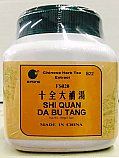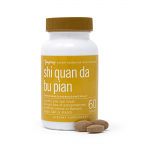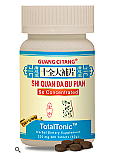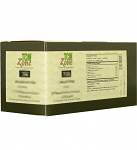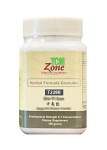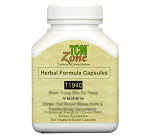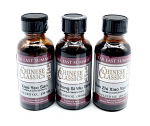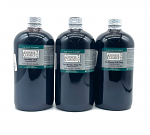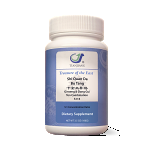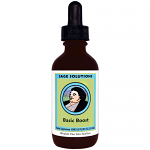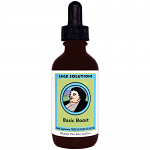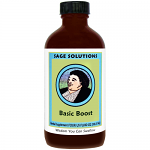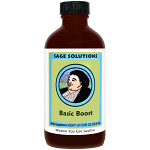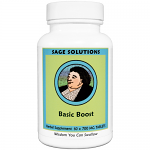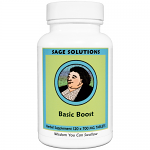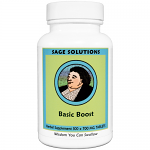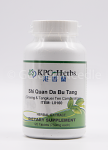Ten Treasures (8 oz)
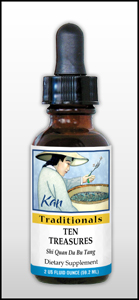
Ten Treasures (8 oz)
| SKU | KT146-8 | |
| Brand | Kan Traditionals | |
| Unit Size | 8 oz. | |
| Dosage | 16-48 drops, 2-3 times per day. | |
| Potency | 7:1 | |
| Properties | Supports fertility, Supports a healthy menstrual flow, Supports overall well-being, Supports healthy digestive functions, Supports postpartum health | |
| Contraindications | Contrindicated during a Wind invasion. Contraindicated during pregnancy. | |
| Chinese Symptomology | Cold hands and feet;Pale face with a sallow complexion;Dizziness;General fatigue;Shortness of breath;Palpitations;Reduced appetite;Consumptive disorders with coughing;Spermatorrhea;Weakness of the lower extremities;Sores that refuse to heal;Continuous spotting from uterine bleeding;Postpartum disorders | |
| Actions | Warms and supplements the Qi and Blood, benefits Lung, Spleen and Kidneys | |
| Pattern | Qi, Yang and Blood deficiency with Cold accumulation | |
| Tongue | Pale with a thin, white coating | |
| Pulse | Thready, weak and forceless | |
| Recommendations | Click here to see a list of available sizes for Ten Treasures from Kan Traditionals |
|
| Chinese name | Shi Quan Da Bu Tang | |
| English name | Ten Treasures | |
| Description | Ten Treasures was traditionally referred to as the "All Inclusive Great Tonifying Decoction" indicated for its ability to warm and supplement the Qi and Blood. This prescription is based on the "Eight Treasure Decoction" (Ba Zhen Tang), with the addition of rou gui (cinnamon bark) and huang qi (astragalus) to help warm, strengthen and raise the clear Yang Qi. It is said that all chronic disease will eventually lead to Qi and Blood vacuity thus this formula is appropriate for recovery from any chronic illness where the Lung, Spleen and Kidney Qi has been severely depleted. It is also indicated for those patients who have generalized body weaknesses and a tendency towards cold hands and feet, anemia, vacuity disorders with coughing, reduced appetite, spermatorrhea, nonhealing sores and weakness of the lower extremeties. It is important to note that one of the primary symptoms should be chilliness, due to marked vacuity of Qi and Blood.* |
|
| Ingredients |
Shu di huang - Prepared rehmannia root
Bai shao - White peony root
Dang gui shen - Dong quai root
Fu ling - Poria
Huang qi - Astragalus root
Bai zhu - White atractylodes rhizome
Bai ren shen - White Asian ginseng root and rhizome
Chuan xiong - Sichuan lovage rhizome
Rou gui - Chinese cinnamon bark
Hei zao - Black jujube fruit
Zhi gan cao - Honey fried Chinese licorice root & rhizome
Gan jiang - Ginger rhizome
|
|


